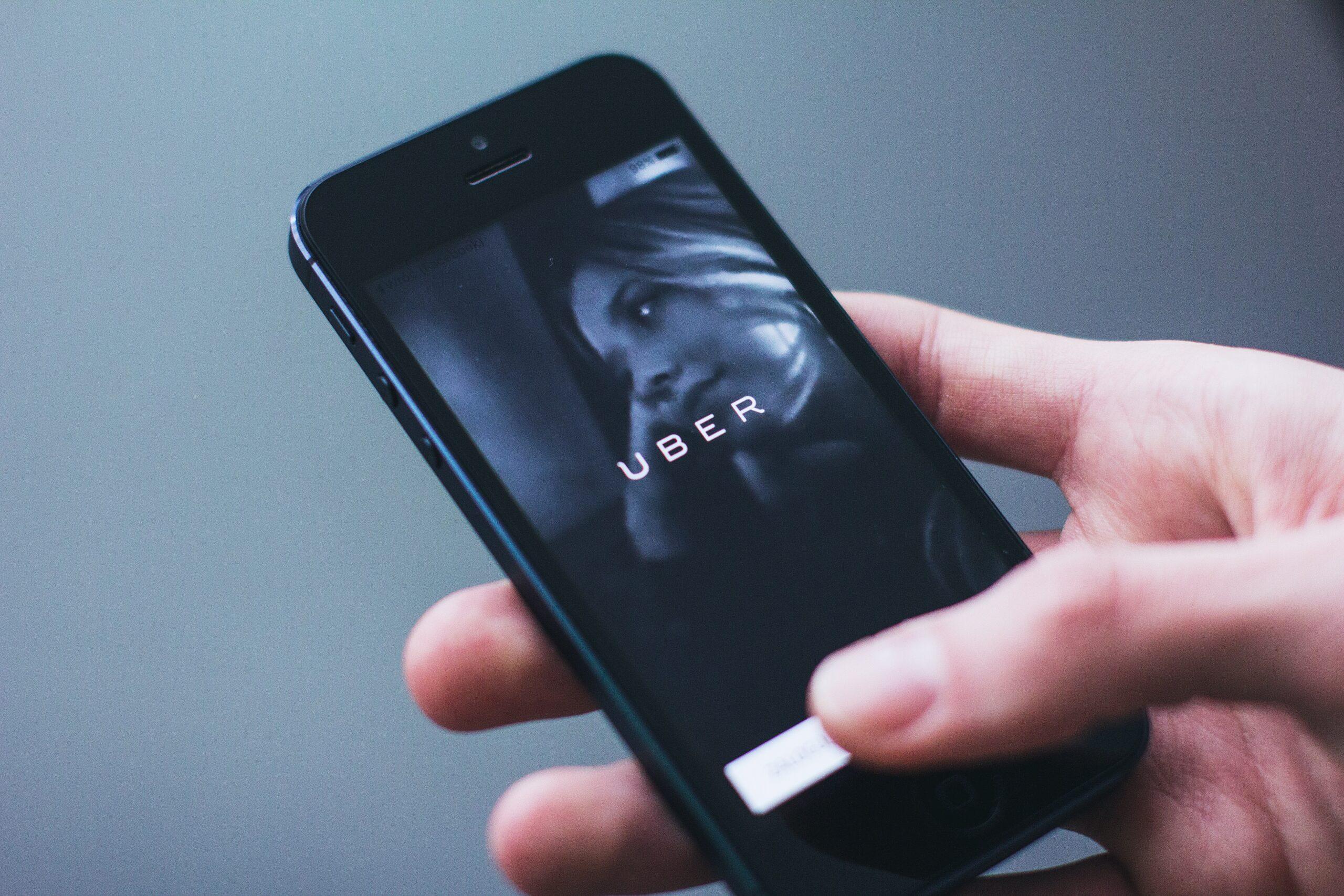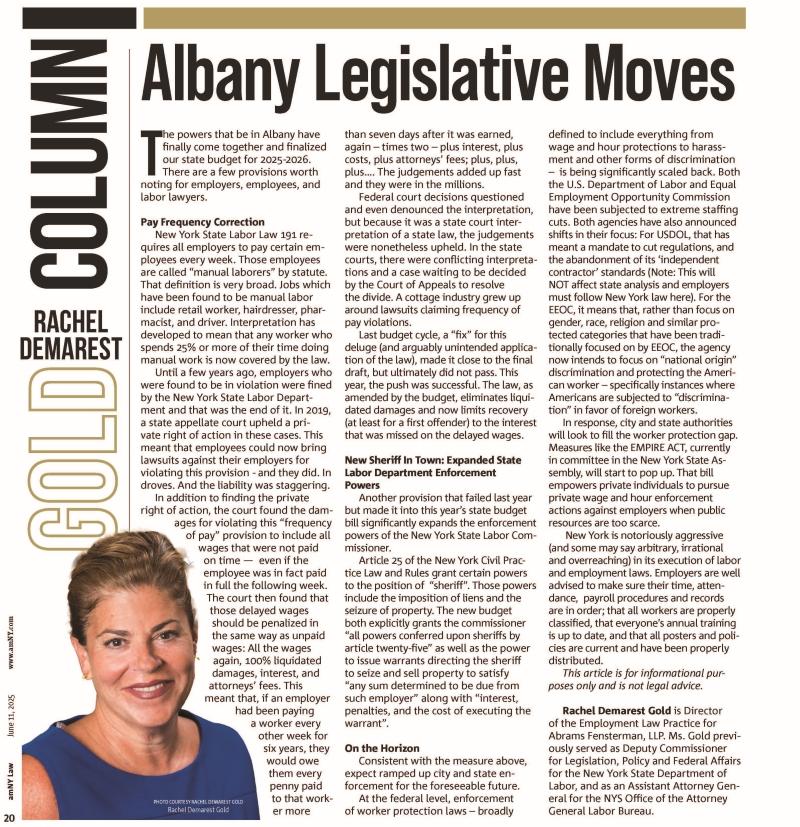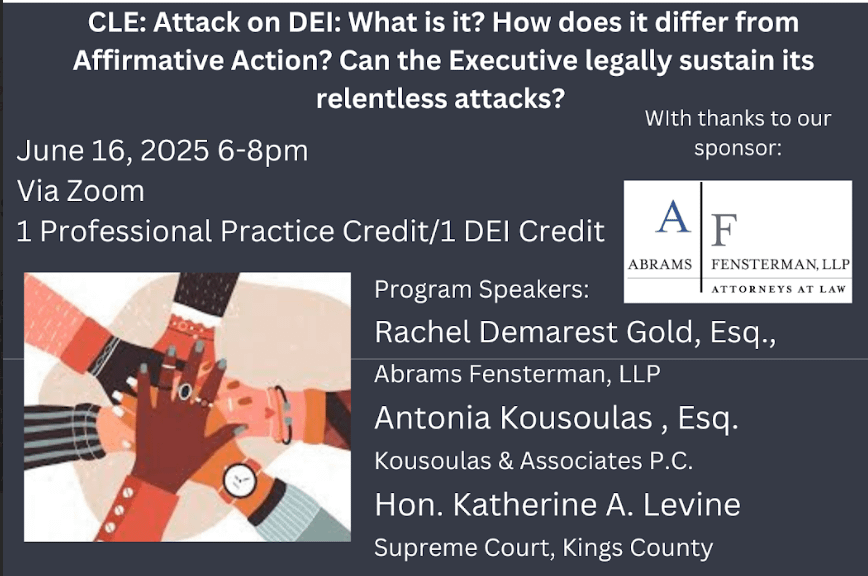Law360
August 9, 2018
By Linda Chiem
The first-of-their-kind limits that New York City placed on the rapid expansion of Uber, Lyft and other app-based ride-hailing services may inspire cities and municipalities to craft more hard-line rules for newer entrants in on-demand transportation, experts say, but consumers could end up paying the price.
Spurred by criticism of its laissez-faire approach to regulation and outcry over the economic plight of traditional taxicab drivers, New York City on Wednesday became the first major U.S. city to curb the number of Uber Technologies Inc., Lyft Inc. and other app-based ride-hailing vehicles on its roads. The city council approved a one-year moratorium on issuing new for-hire vehicle licenses, and also set base pay rates for drivers.
“It’s a good start to take a pause because every for-hire vehicle that’s added to the street not only adds to congestion, but dilutes the earning power of every other vehicle. They’re all fighting for the same turf, for the same passenger base and they’re just fighting for the crumbs now. I think it’s a necessary check.”
— Ethan Gerber, director of the transportation practice at Abrams Fensterman Fensterman Eisman Formato Ferrara Wolf & Carone LLP, who has represented yellow taxicabs and other for-hire vehicle companies
If the bills are signed into law by Mayor Bill de Blasio, as expected, there will be a one-year freeze on any new for-hire vehicle licenses in New York City — except for wheelchair-accessible vehicles — so that regulators can study ride-hailing services’ overall impact in the city.
“New York’s slow approach — well they’re backing it up a bit to try and slow it down — to regulating Uber and the sharing economy in general makes a lot of sense. We never want to crush innovation too quickly. We want to let the free market take its course, to create new ways of doing things and address pain points.”
— Abbey R. Stemler, assistant professor of business law and ethics at Indiana University’s Kelley School of Business
Experts say New York City’s bid to rein in ride-hailing apps like Uber, Lyft, Juno and Via might lend some momentum to efforts in other cities and municipalities still figuring out how to regulate them alongside traditional taxicabs and black cars. So far, it’s been a mixed bag.
“In terms of this being a model, any time you can get cities to engage and not be pushed around by these large tech monopolies, that’s a good thing. So they’re not at the mercy of the technology companies and they do have the ability to think about what their communities and their industries need and craft regulations that fit them.”
— Abbey R. Stemler
Honolulu lawmakers passed a bill in early June that sought to cap Uber, Lyft and other ride-hailing companies’ “surge pricing,” fare hikes based on increased demand for rides during peak rush hour or bad weather. But Honolulu Mayor Kirk Caldwell vetoed the bill, saying it didn’t strike the right balance between old business models and new technology.
Seattle in 2015 adopted a controversial ordinance allowing drivers for Uber, Lyft and other ride-hailing apps to unionize and negotiate issues including pay and working conditions. Uber teamed up with the U.S. Chamber of Commerce to fight the ordinance in court, saying it wrongfully allows app-based drivers who are typically independent contractors to band together to fix prices for ride-referral service fees in violation of the Sherman Act.
The full Ninth Circuit is currently considering whether to revisit a recent panel decision that kept the challenge alive. Meanwhile, in a separate challenge to the same ordinance, a Ninth Circuit panel on Thursday rejected a suit from for-hire drivers claiming the Seattle ordinance violated their First Amendment rights by establishing a multistep collective-bargaining process between them and the ride-hailing providers.
And Uber and Lyft both ditched Austin, Texas, in 2016 after unsuccessfully lobbying to defeat the city’s stringent background check regulations requiring their drivers to get fingerprinted. But both services returned to Austin a year later after Texas lawmakers voted to regulate ride-hailing companies at the state level by bringing them under the purview of the Texas Department of Licensing and Regulation, overriding the roughly 22 different municipal ordinances that cities like Austin, Houston, Galveston and Corpus Christi had enacted.
But New York City’s issues — an entrenched medallion taxicab industry and tightly controlled supply and demand — make it unique, industry observers say. The New York City Taxi & Limousine Commission regulates app-based ride-hailing services as for-hire vehicles, which already include liveries, black cars and luxury limousines. For-hire vehicle service must be “pre-arranged” through a TLC-licensed base and performed by TLC-licensed drivers in TLC-licensed vehicles, according to the commission.
There are currently more than 112,500 active licensed for-hire vehicles in New York City, according to NYC Open Data. At the end of 2011, which was the year Uber first launched in the Big Apple, there were approximately 40,000 licensed for-hire vehicles, according to the TLC.
By comparison, there are over 13,000 licensed yellow taxicabs in the city, according to the TLC.
“The foundation for this is competitive [and] to provide some relief to the taxicab industry which is getting battered but I don’t know if that’s good or bad. But I do think it’s impacting a business model that works and that people have made a decision to use. It’s stifling a service that has proven to be a benefit to people. … But I suspect that if this sticks, I think it will spread in those [other] jurisdictions that are antagonistic to this type of service. “It’s a jurisdictional power play.”
— Bill Taylor, a transportation and logistics partner at Hanson Bridgett LLP, speaking about the city’s cap
The once-prized medallions held by yellow and green cab drivers, which are the exclusive government-issued licenses to accept hails from the street — used to be worth as much as $1 million apiece as recently as four or five years ago. That’s now dropped to an estimated $200,000 each since Uber, Lyft and other apps arrived on the scene and basically eviscerated medallion holders’ long-held exclusivity to accept hails, taxicab groups and other supporters of the legislation have said.
“It was long overdue. It took awhile for them to recognize these factors and the convenience of technology [was] blinding people to the bigger picture.”
— Arthur Goldstein, chair of Davidoff Hutcher & Citron LLP’s New York City government relations practice group, who has previously represented taxi drivers and medallion owners in other matters
For years, regulators were “not reading the situation as well as they should’ve,” Goldstein said.
New York City did this dance with Uber once before when a 2015 proposal pitched by de Blasio to cap the number of Uber vehicles in the city was ultimately put on ice amid Uber’s intense lobbying. But it’s a different climate in 2018. Uber, the most visible of all ride-hailing companies, has been besieged by a series of scandals, corporate shake-ups and litigation — prompting a public-image rehabilitation tour over much of the past year.
Then came the headlines on the financial pressures facing taxicab drivers — at least six of whom died by suicide in New York in the past year reportedly due to crushing debt and diminished earnings — in what industry observers have described as a “savage race to the bottom.” The public’s acuity to widespread traffic congestion only grew as the subway and mass transit service breakdowns on the state-run New York Metropolitan Transportation Authority system became more rampant.
“Uber really satisfied a lot of needs because it was an efficient, affordable, digital way to get from A to B. While it was innovative, it really didn’t fit within the current structure that NYC had. So you have to balance, you have to really take into account the promises made and the new ways of doing things.”
— Abbey R. Stemler
However, critics of the legislation say it’s a heavy-handed move.
“What’s really unfortunate is that consumers didn’t seem to be considered in a problem entirely of New York City’s own making. No one forced them to artificially restrict supply through medallions. … Then they allowed new competitors to offer superior services to consumers but you had an entire industry, based on bad public policy, that certainly did suffer the consequences.”
— Marc Scribner, senior fellow at the Competitive Enterprise Institute, a Washington, D.C.-based nonprofit public policy organization
Ultimately, consumers could be left with less choice and higher prices.
“I think it’s probably too little too late. [Ride-hailing companies] have been in business now for a couple of years, the competitive aspects of these businesses are well known and it’s a little late to come into the game and try and change the rules and cap the number of cars that can participate in this business. … You just can’t unwind the clock.”
— Hanson Bridgett’s Taylor
Uber said in a statement that the city’s 12-month pause on new vehicle licenses will threaten one of the few reliable transportation options in the city while doing nothing to fix the subways or ease congestion.
“We take [New York City Council Speaker Corey Johnson] at his word that the pause is not intended to reduce service for New Yorkers and we trust that he will hold the TLC accountable, ensuring that no New Yorker is left stranded.”
— Uber
Joseph Okpaku, Lyft’s vice president of public policy, said in a statement that “these sweeping cuts to transportation will bring New Yorkers back to an era of struggling to get a ride, particularly for communities of color and in the outer boroughs.”
–Editing by Kelly Duncan and Breda Lund.





